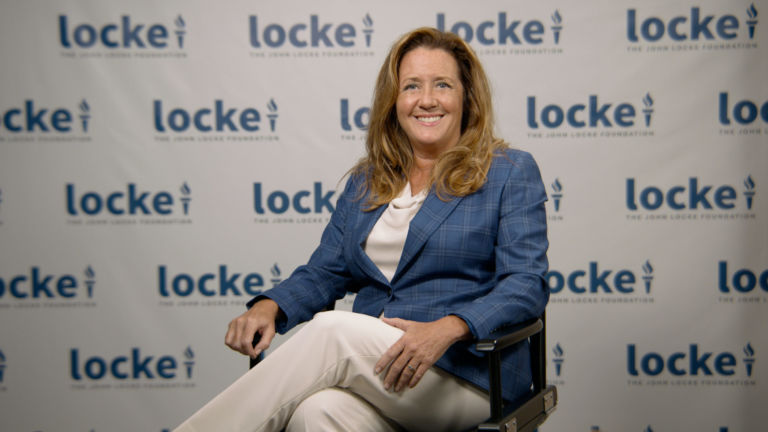Criminal justice contrarian John Pfaff recently published an article in which he explodes five “myths about prisons.” According to Pfaff, “Much of the debate about criminal justice is built on misconceptions that often push reform in inadequate and even counterproductive directions.”
The piece is worth reading in full, but I found two parts particularly interesting:
Myth No. 1: U.S. prisons are full of nonviolent drug offenders.
Asked recently about voting rights for felons, Sen. Cory Booker of New Jersey, one of the Democratic presidential candidates, claimed that “we locked up more people for marijuana in 2017 than all the violent crimes combined.” Rep. Alexandria Ocasio-Cortez, D-N.Y., has echoed that view, suggesting on Twitter that the prison system is defined by nonviolent people “stopped w/ a dime bag.”
But the simple truth is that, at a minimum, 55 percent of those in state prison have been convicted of a violent crime and more than half of these people — or nearly 30 percent of the total prison population — have been found guilty of murder, manslaughter, rape or sexual assault, according to the Bureau of Justice Statistics. Slightly less than 15 percent are incarcerated for drug crimes, even though most Americans believe the figure to be about 50 percent. …
Myth No. 5: Not sending someone to prison saves about $35,000 a year.
Criminal justice reform is one of the few bipartisan issues in politics these days, and a key goal of the conservative push for change is to reduce or reallocate government spending. It’s common to see claims that for each person kept out of prison, taxpayers will save about $35,000 a year. The Brennan Center for Justice, for example, argued that cutting prison populations by 576,000 would save about $20 billion annually, and a 2018 report from the White House Council of Economic Advisers on the fiscal impact of reducing recidivism relied on a roughly similar estimate.
It’s easy to see where the number comes from: We spend about $50 billion to lock up 1.4 million people per year in state prisons. That’s about $35,000 per person in prison per year. Yet that is not what we save when we release a single inmate from prison.
Recall that about two-thirds of prison spending is wages: If we don’t cut payroll in proportion to inmate population, then the savings per prisoner will be much less. Other fixed costs, like water and heating bills, likewise do not decline steadily with the number of prisoners. The real savings of reducing the prison population by one is often about $4,000 to $16,000, not $35,000.
Now, if we release enough people that we can close an entire prison wing or facility, perhaps we can save something closer to the estimated average. But states often keep mostly empty facilities open, and when they do close institutions, they often relocate most of the correctional officers to other facilities.


